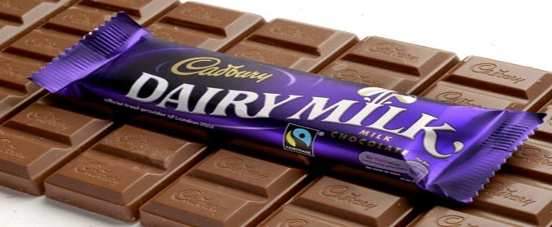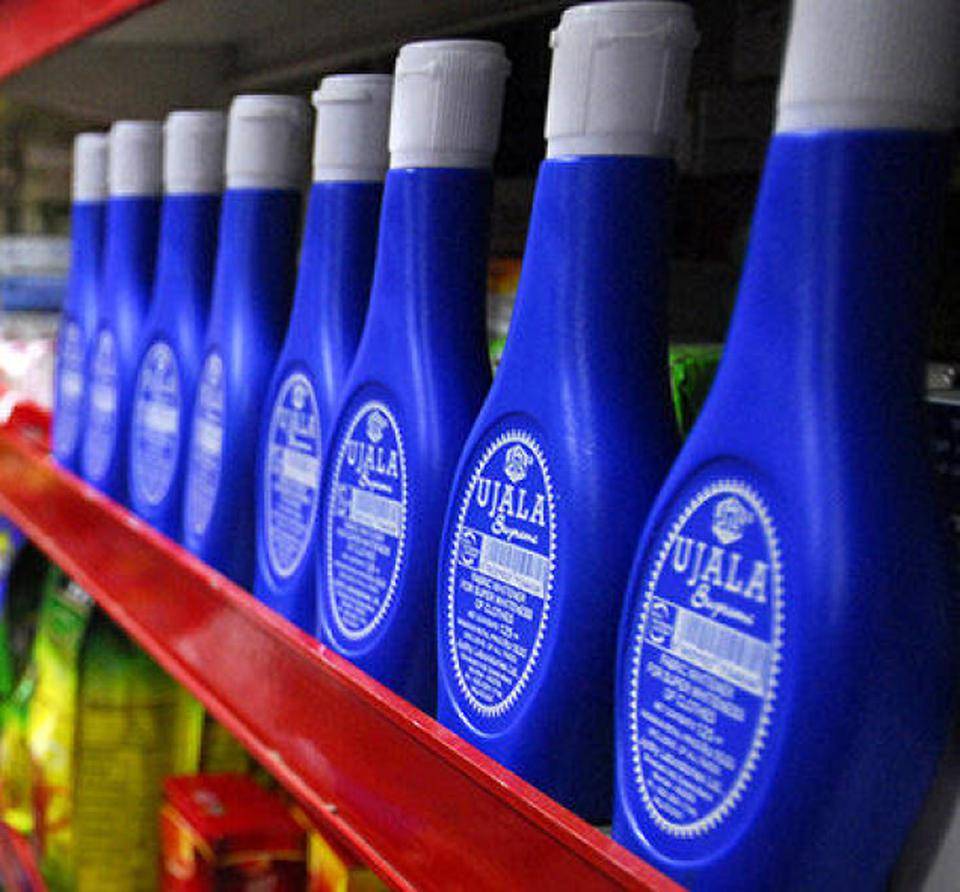Iconic Ads: Johnnie Walker – Keep Walking

The Striding Man represented the desire for advancement, encouraging consumers to do the same. The rallying cry was “Keep walking.”
Johnnie Walker was seeing declining sales in 1999. Volume sales had decreased by 14 per cent, and market share had also been steadily losing momentum.
Bartle Bogle Hegarty was called in to pitch for the brand which had a proud history but a gloomy future. An immediate turnaround in sales, as well as a long-term communications strategy that would help the brand flourish in all its markets and provide a much-needed sense of direction.
The issue was very evident at this point. The Johnnie Walker brand lacked meaning in a category where brand choice is crucial. After years of variant-led communications, the brand’s image has been reduced to generic category connotations. It lacked a unique tone. This was compounded by the proliferation of unrelated campaigns in different markets around the world. It was time for Johnnie Walker to regain its identity as a single, powerful brand. Additionally, BBH realised that they would have to build a closer relationship with customers than the brand had ever achieved previously because of the high growth ambitions. As a whisky brand, Johnnie Walker had to be a global icon.
Studying iconic brands of the time, they discovered that their customers saw these brands as more than just suppliers of goods & services. They tapped into universally appealing human values. It was via this method that they were able to establish such strong bonds with their customers that they were able to achieve great success in numerous regions. If BBH wanted to transform Johnnie Walker’s fortunes, they needed to excite whisky drinkers in the same way other brands had inspired customers
Male achievement has always been a theme in whisky marketing campaigns. However, the category’s depiction of achievement at the time seemed clear, utopian, and distant. BBH was looking for a definition of success that would resonate with men around the world.
The brief was “masculine endeavour or progress”
Men’s success isn’t defined by material possessions or flamboyant shows of status any longer, according to global research conducted by BBH to help them better understand what masculinity means at the dawn of the twenty-first century. A desire to become a better person had taken on an internal nature of its own, and he had an unquenchable hunger for personal growth. It was not where a man was that made him successful, but where he was headed. Progress was the most potent representation of 21st-century masculine accomplishment.
It was a pitch and there were 4 to 5 teams who were working on the creatives and among them were James Sinclair and Ed Morris. Both of them had joined BBH a few days back and this was among the first few briefs they had received.
Johnnie Walker had always been forward-thinking. In 1820, John Walker opened a grocery store in Kilmarnock, Scotland, where he began blending whiskies. As his sons grew the company into the world’s first worldwide brand, the same enthusiasm drove them. That similar restlessness was depicted in the brand’s logo, the Striding Man.
BBH sought to establish Striding Man a standard for the brand’s revival to march behind. They were going to put him at the centre of all communication and turn him around so he could head into the future. This entailed a shift in prominence and direction. As Ed recalls “I wrote ‘Keep Walking’ on a layout pad very quickly. I saw that the Johnnie Walker guy on the bottle was in between the word Johnie and Walker. I took him and stuck him between the words I had just written – Keep and Walking. Then I noticed it felt wrong, he was walking one way, to the left, and the type read the other way, to the right. It made your eye stop as it scanned the line. So I turned him the other way to walk to the right. The first time it had ever been done in the brand’s history.”
Originally, the Striding Man represented the brand’s desire for advancement, but they now wanted to encourage consumers to do the same. A rallying cry grew out of this: “Keep Walking.”
There was another problem. Ed remembers “We had a problem, we had to differentiate between Red Label and Blue Label, the premium. So we made Red Label films about the endeavour of everyday people, and Blue Label about the endeavour of celebrities, famous actors etc.
The re- launch films had among others actor Harvey Keitel in the first one. It was about Harvey Kaitels first walk-onto the stage in a theatre production. It was directed by Mehdi Norowzian
Johnnie Walker’s sales rose steadily since the premiere of “Keep Walking,” and the trend continued. During the period 1999 to 2007, volume sales increased from 10.2 million cases to 15.1 million, resulting in a revenue increase of 94 per cent to reach $4.56 billion. One rallying cry has brought all Johnnie Walker employees together and raised the company’s profile significantly.
Life for Ed and James became better at least monetarily. After the pitch, Sir John Hegarty came to meet Ed & James and gave them a big pay rise.



